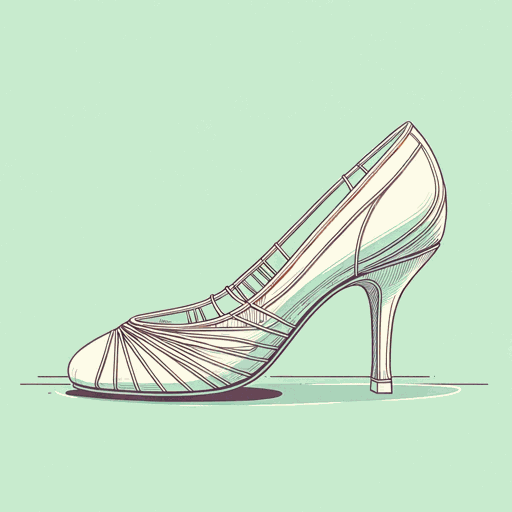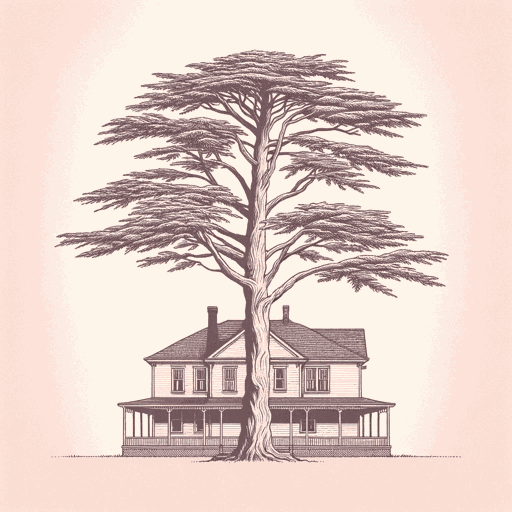40 pages • 1 hour read
Charles W. ChesnuttThe House Behind the Cedars
Fiction | Novel | Adult | Published in 1900A modern alternative to SparkNotes and CliffsNotes, SuperSummary offers high-quality Study Guides with detailed chapter summaries and analysis of major themes, characters, and more.
Themes
Passing
The central question of the novel concerns passing, the practice of concealing the non-white portion of one’s identity in order to appear as a white person in society. Passing typically involves adopting the speech, dress, and manners of white people and is only an option for people of black ancestry with very light skin. Being able to pass as white allows light-skinned black people the opportunity to escape the confines of the racial caste system. Someone passing would have access to a wider—and wealthier—social circle, allowing them to make valuable connections. Eluding restrictions placed on black people regarding places of residence, manner of occupation, etc., those able to pass have much greater chance for economic opportunity and upward mobility.
Passing is not simply a matter of physical appearance and affect, however. Someone attempting to pass must sever both social and psychological connections. This is the essential difference between John and Rena. John can maintain a psychological separation between his origins and his current life, even when seeing his sister and mother in his hometown. His old life has no purchase on him; he never contemplates returning to it. Rena, by contrast, cannot excise herself from her former life, and, when her homesickness is increased by her nightmares and the news of her mother’s illness, she returns to 







Related Titles
By Charles W. Chesnutt

Po' Sandy
Charles W. Chesnutt

The Conjure Woman
Charles W. Chesnutt

The Goophered Grapevine
Charles W. Chesnutt

The Marrow of Tradition
Charles W. Chesnutt

The Passing of Grandison
Charles W. Chesnutt

The Sheriff's Children
Charles W. Chesnutt

The Wife Of His Youth
Charles W. Chesnutt
